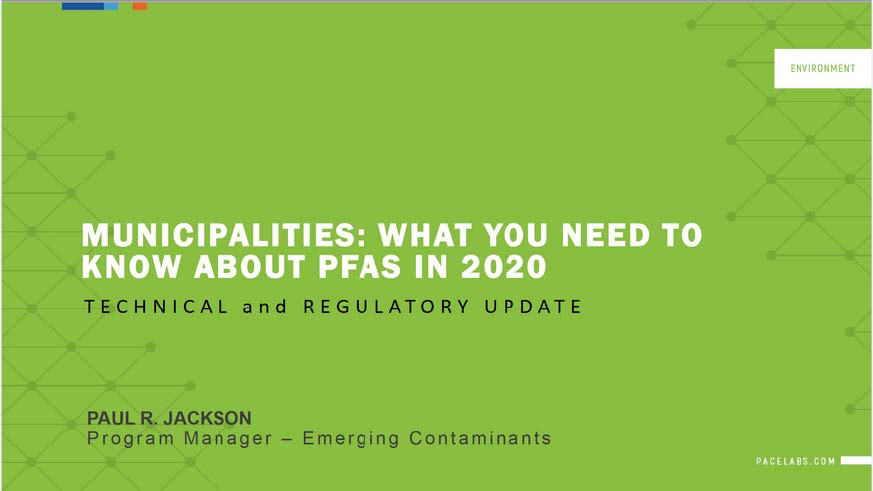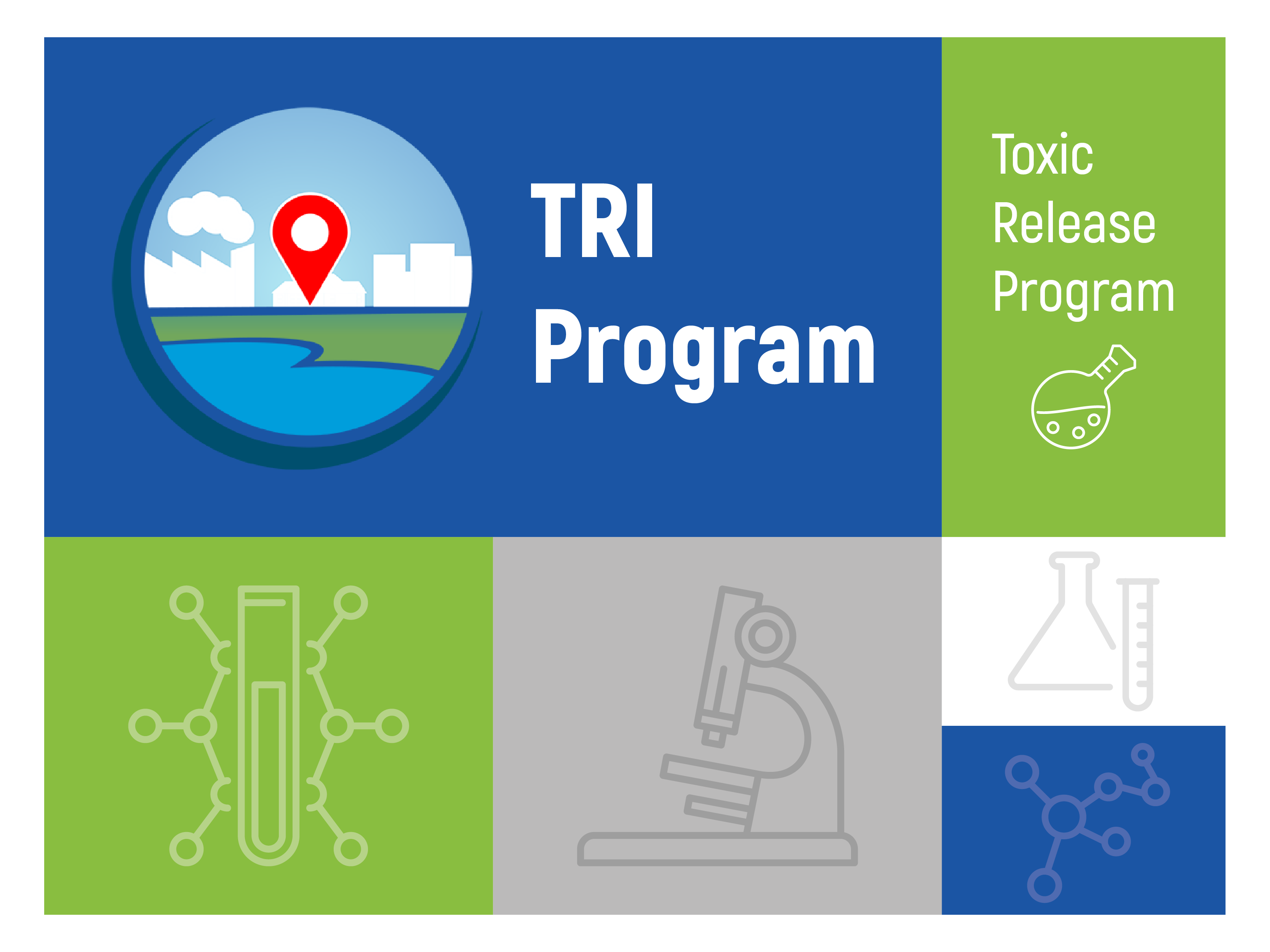Top 7 Reasons to Test for PFAS Now
Per- and Polyfluoroalkyl Substances (PFAS) are chemical compounds commonly found in many industrial and consumer products. PFAS chemicals are highly useful thanks to their resistance to fire, oil, water, and heat. Unfortunately, these same properties mean PFAS chemicals don’t break down naturally or easily. That’s one of the reasons they’re also known as the “forever chemicals.”
PFAS chemicals have also been shown to cause a number of health issues, including low birth weight, thyroid issues, and certain types of cancers. This has led to increasing attention from consumer and environmental groups as well as mainstream media. (Google forever chemicals, and you’ll see what I mean.)
You May Not Have Time to Wait
Naturally, this increased exposure has many municipalities looking into PFAS testing. But testing can be expensive, and without official guidance on which compounds to test for and what levels are safe, many are wondering if they should make the effort right now. After all, the EPA is still a couple of years away from enforceable rules, and all but a handful of states have issued guidance.
Here are seven reasons to invest the time and money into PFAS testing before it becomes mandatory across the country.
Download our 7 reasons to test for PFAS now infographic
1/ Protect public health. Some municipalities and counties are more likely to have severe PFAS contamination than others. Municipalities with these types of industries in their backyard should strongly consider testing for PFAS contamination:
- Chemical manufacturing
- Textile manufacturing, including clothing, carpeting, and upholstery
- Certain paper food wrapping
- Non-stick cookware
- Metal plating and etching
- Wire manufacturing
- Pesticides
- Cosmetics and personal care products
- Aqueous Film-Forming Foam (AFFF) for fire fighting
We worked with one city that had a lot of textile manufacturing in the area. When we tested their water source, we found it so contaminated that they immediately issued a water warning to local residents and supplied them with bottled water until the contamination could be addressed.
When sampling for PFAS, it’s far easier to cause contamination of samples than when sampling for traditional regulated contaminants. Our PFAS Sampling Guide can help you follow best practices to minimize this concern. Download the Sampling Guide.
2/ Comply with state regulations. While the EPA has yet to issue enforceable PFAS contamination rules, many states have issued their own guidance and/or legislation. The Interstate Technology Regulatory Council (ITRC) maintains a downloadable Excel file of current PFAS water and soil limits from state, federal, and some international countries. Pace Analytical® maintains certifications and accreditations in every state that offers or requires them.
3/ Avoid negative publicity. There isn’t a consensus of which of the of the thousands of PFAS compounds should be monitored or what levels of contamination are harmful to human health. (The requirements of numerous states is more stringent than the EPA’s.) While it may seem prudent to wait until there is clear direction, PFAS contamination has caught the attention of many consumer and environmental groups as well as the media. More than one of our clients has been forced to accelerate their action plans thanks to public pressure.
4/ Make data-driven decisions. If you have a reason to suspect PFAS contamination, the best thing to do is to get the facts. For example, knowing which PFAS chemicals are in your local water system and at what levels will help you put together an effective remediation plan, give appropriate guidance to the public, and ward off media-driven fear.
5/ Lower the burden of remediation. Remember, while PFAS lasts forever most companies don’t. It’s easier to discharge the burden of remediation onto the source of the contamination if that source is still in business.
6/ Prevent further contamination. It’s also easier to eliminate further contamination if you know the source of the PFAS chemicals and how they are reaching the water supply or food chain. For example, conventional wastewater treatment processes can convert PFAS precursors into PFAS compounds, which are then injected into local waterways and surrounding agriculture. For more on this process, download the infographic: The Municipal Landfill PFAS Pipeline.
7/ Avoid legal action. Lack of federal and state regulatory limits on PFAS chemicals does not mean municipalities are in the clear legally. Lawsuits charging PFAS pollution can be brought against the city on other grounds. For example, Burlington, North Carolina, had a suit brought against it alleging violation of the state’s Clean Water Act.
Learn More About PFAS Contamination and Testing
Recently, Pace Analytical® held several webinars highlighting the 2020 PFAS regulatory landscape and what municipalities need to know to navigate the challenges. This webinar is now available on demand.
Click here for our on-demand webinar.
If you’d like to be notified of future webinars regarding PFAS regulations and testing, please consider signing up for our mailing list. You’re also welcome to reach out to us directly with any questions or to schedule a meeting with our environmental services team.





